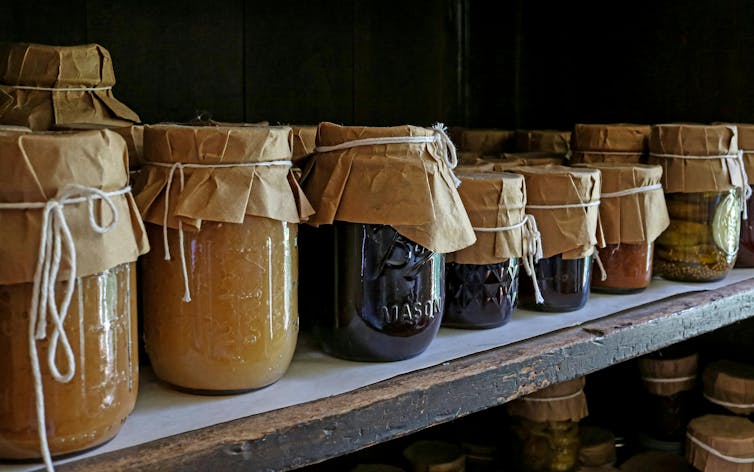The State Government has announced schools and childcare centres will have their own unique set of critical worker close contact protocols to minimise the risk of COVID-19 transmission, while also minimising the impact on student learning.
The new school-based critical worker close contact definitions, to come into place at the point of very high caseloads, for contact tracing and testing purposes include:
- classroom contact – staff and students who have shared a classroom or early childhood education room with someone who has tested positive for COVID-19 for one class period or more;
- one-on-one contact – student and staff member who worked one-on-one with a person that has tested positive for COVID-19 and face masks were not consistently worn (e.g. student with an education assistant); and
- workplace contact – staff or other worker spends more than 15 minutes indoors in close proximity and not wearing a mask with an adult who is COVID-19 positive.
The nature of a school or early childhood education based close contact will determine the testing and isolation protocol applied:
- positive case – isolate for seven days from the day of the positive test:
- if no symptoms at day seven, can leave isolation; or
- if symptomatic after seven days, remain in isolation until symptoms have cleared.
- asymptomatic one-on-one contact – isolate for seven days:
- if no symptoms at day seven and a negative rapid antigen test (RAT) result is recorded, you can leave isolation; or
- if any symptoms develop, test and follow protocols for ‘school-based close contacts who become symptomatic’.
- asymptomatic classroom or workplace contacts (teacher, education assistant):
- take a RAT test daily for 7 days;
- isolate when not at work;
- work in a surgical mask; and
- travel alone to work if possible.
- If symptoms develop, or test is positive, follow protocols for ‘school-based close contacts who become symptomatic’.
- asymptomatic classroom contacts (student) – students (aside from those that are positive cases) will be encouraged to continue attending school if they don’t have any symptoms:
- students who are asymptomatic classroom contacts should avoid, if possible, OHSC, extracurricular activities or public transport for seven days; and
- if any symptoms develop, test and follow protocols for ‘school-based close contacts who become symptomatic’.
- asymptomatic workplace contacts (non-critical worker) – isolate for seven days with a RAT or PCR test on day 6.
- if test is negative – you can exit isolation on day 7;
- after completing isolation, monitor for symptoms for a further 7 days; and
- if any symptoms develop, test and follow protocols for ‘school-based close contacts who become symptomatic’.
- school or early childhood education based close contacts who become symptomatic – remain in isolation and get tested by RAT or PCR test:
- if positive – follow the guidance for a ‘positive case’ (as above); or
- if negative, repeat the test 24 hours later. If again negative, follow the appropriate asymptomatic contact protocol (as above).
- symptomatic but not a school or early childhood education based close contact – a PCR test is preferred while laboratory capacity allows, otherwise complete a RAT test.
- if positive – follow protocol for positive case; or
- if negative by a RAT test – isolate for 24 hours, then retake a RAT test. If the second RAT test returns a negative result, there is no requirement to isolate.
The new protocols will only take effect when WA reaches a very high caseload environment.
These protocols complement the McGowan Government’s new Safe Return to School Plan, which includes a ventilation strategy, enhanced cleaning services and workforce and remote learning contingency plans in public schools, masks for secondary students and school staff, and mandatory vaccinations for school employees and regular visitors.
As stated by Education and Training Minister Sue Ellery:
“Keeping our schools open and providing face-to-face learning to students is so important to children’s learning, social and emotional development, overall wellbeing and physical and mental health.
“Because of the specific nature of the interactions in schools and early childhood education settings, they require their own unique set of testing and isolation protocols.
“Combined with the additional measures outlined in WA’s Safe Return to School Plan, these changes will give us the best chance of minimising the entry, and transmission, of COVID-19 in schools, while also minimising the impact on student learning.
“We know our teachers and our education staff provide a critical role in our society, that’s why we will transition to this new setting at the right time, so education can continue to be provided, in a safe way.”
As stated by Community Services Minister Simone McGurk:
“Early childhood education and care plays a pivotal role for children, their families and employees, and these measures will provide certainty and clarity as we navigate through the next stage of the pandemic.
“As always, safety of children will continue to be the number one priority and these plans strike the right balance in allowing childcare services to operate with as little disruption to children and families as possible.
“I would like to acknowledge the incredible work of the sector and their continued efforts in a challenging and changing environment – they provide an important service not only for the children who attend but for our community as a whole.”








